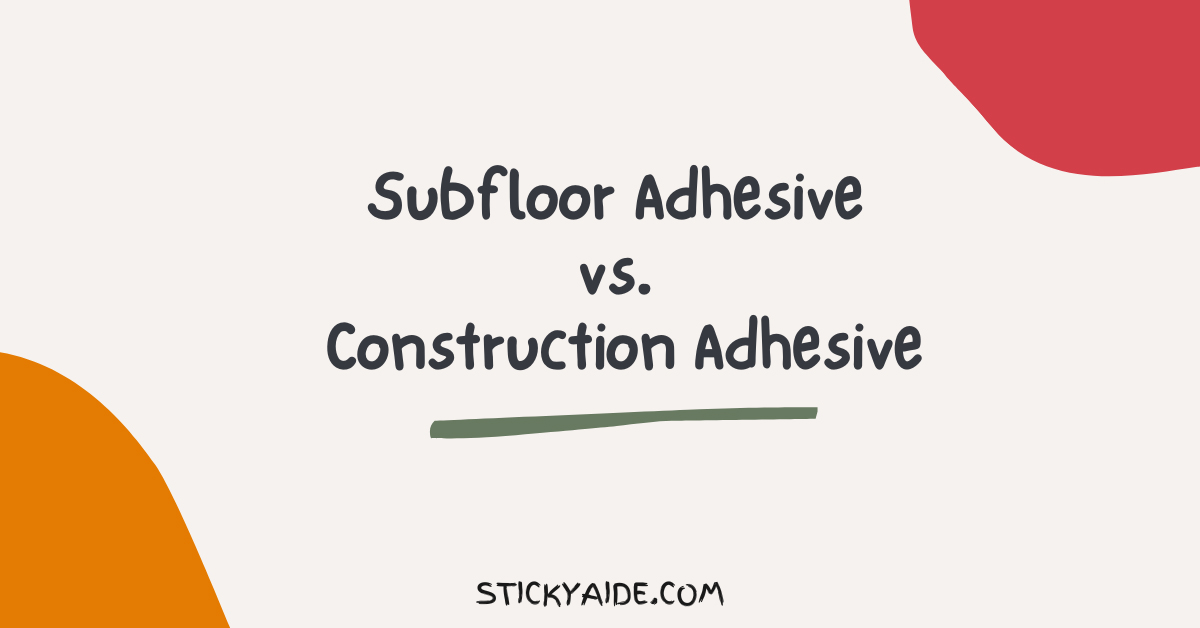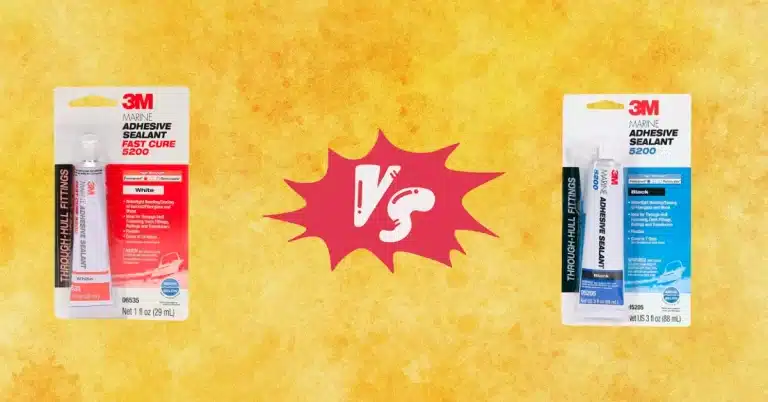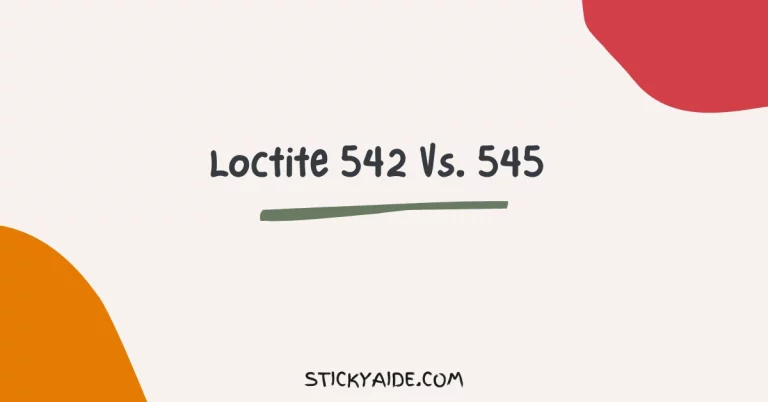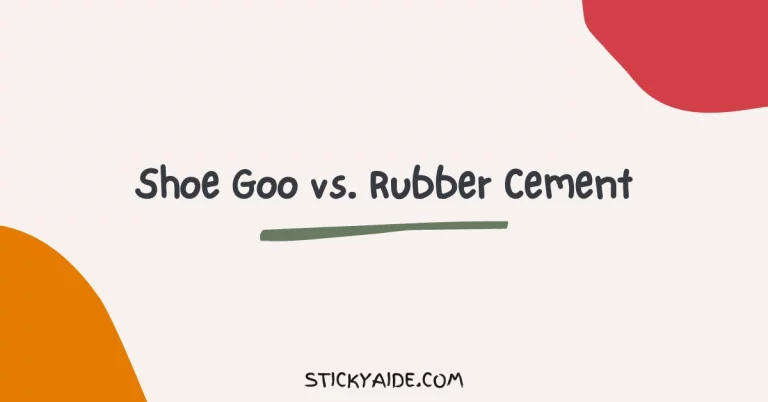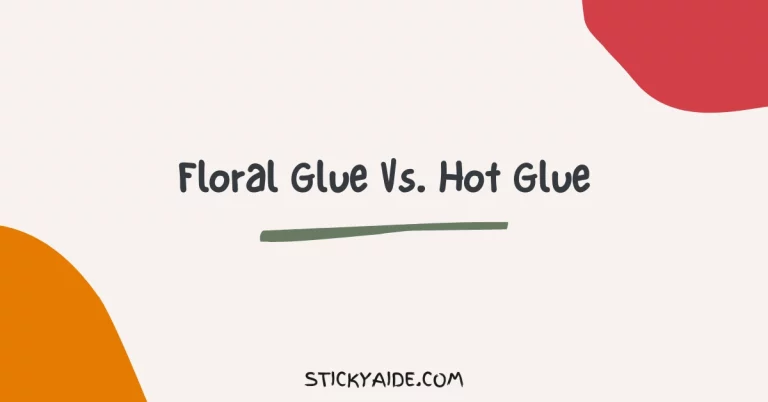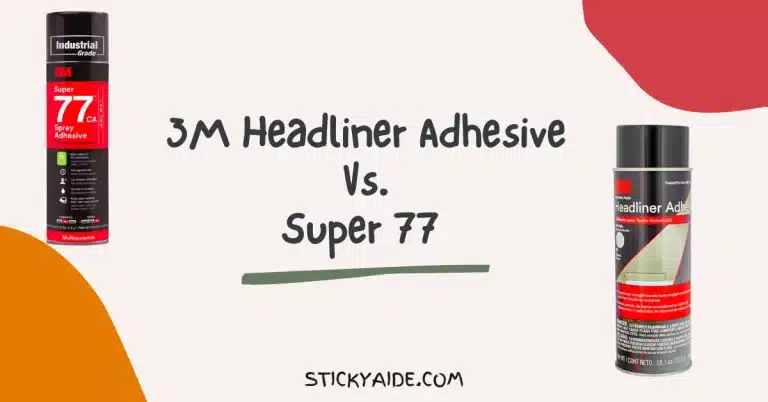When building or remodeling your home, it’s important to choose the right adhesive to make sure your project stays safe and sound. But, there’s so much more to deciding between subfloor adhesive and construction adhesive than meets the eye!
Read on to discover the differences between these two products and which one is better suited for what type of project you’re working on. Once you know the pros and cons of each option, you can be confident that you’re making the right choice when it comes time to buy!
Read More: Best Subfloor Adhesive
Read More: Construction Adhesive vs. Wood Glue
Subfloor Adhesive vs. Construction Adhesive
What is Subfloor Adhesive?
Subfloor adhesive is an adhesive product used to adhere the subflooring material to the joists in a home. This type of construction adhesive is also known as construction adhesive or flooring adhesive. It is a stronger bond than nails or screws and is less likely to come loose over time. Subfloor adhesive comes in liquid and foam forms and can be applied with a brush, roller, or trowel.
What is Construction Adhesive?
Construction adhesive is a strong, versatile adhesive used for bonding various construction materials like wood, metal, drywall, and more. It can be used indoors and outdoors and in wet or dry conditions. This adhesive is typically sold in tubes or cartridges and applied with a caulking gun.
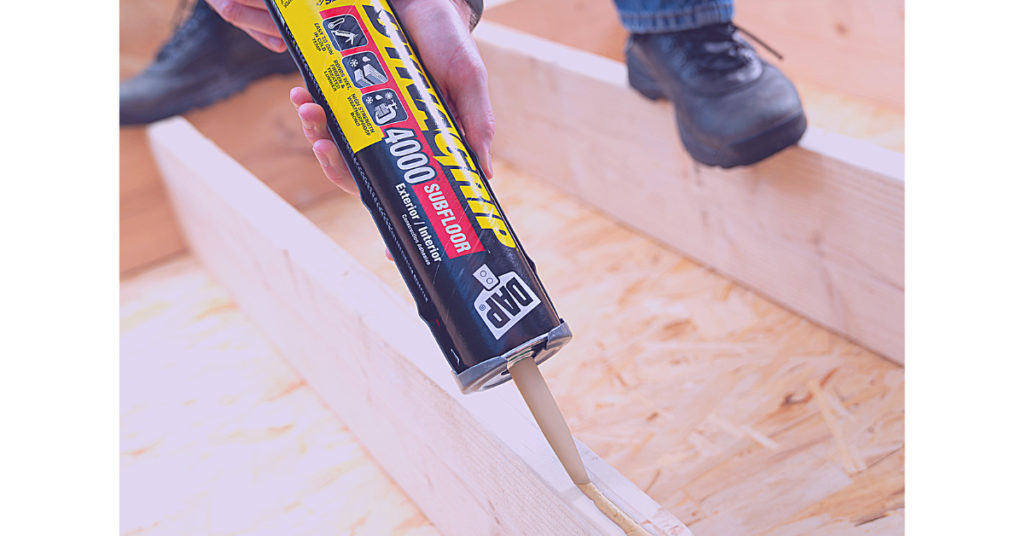
Advantages of Using Subfloor Adhesive
1. When used correctly, subfloor adhesive can create a strong bond between the subfloor and the flooring material.
2. This can help to prevent the floor from creaking or becoming uneven over time.
3. Subfloor adhesive can also help insulate the floor, which can benefit both summer and winter.
4. Another advantage of using subfloor adhesive is that it can help to protect against moisture damage.
5. Moisture damage is one of the leading causes of floor problems, so this is a significant benefit.
6. Additionally, subfloor adhesive can provide some soundproofing benefits by reducing the amount of noise transferred between the floor and the room above it.
Read More: Best Construction Adhesive For Concrete
Advantages of Using Construction Adhesive
Construction adhesive is a versatile product that can be used for various applications. It can be used to bond wood, metal, concrete, and more. It is also waterproof, making it ideal for humid or wet conditions. Here are 10 advantages of using construction adhesive:-
1. Construction adhesive is waterproof.
2. Construction adhesive is compatible with many different surfaces
3. One gallon of construction adhesive will cover about 400 square feet
4. It can withstand temperatures from -20 degrees Fahrenheit up to 200 degrees Fahrenheit
5. Construction adhesive cures quickly (within 24 hours) so you don’t have to wait long before using the material
6. It’s resistant to moisture, acid, and alkali, which makes it perfect for outdoor use -It is generally cheaper than subfloor adhesive
7. Construction adhesive comes in three grades: general purpose, heavy-duty, and high performance
8. Installation is easy because there’s no need to pre-drill holes as there would be with subfloor adhesive
9. You only need one coat of construction adhesive when installing laminate flooring, whereas two coats of subfloor adhesive are needed.
10. The last point I want to make is that if your project involves using composite boards, installing these boards is most straightforward with construction adhesive.
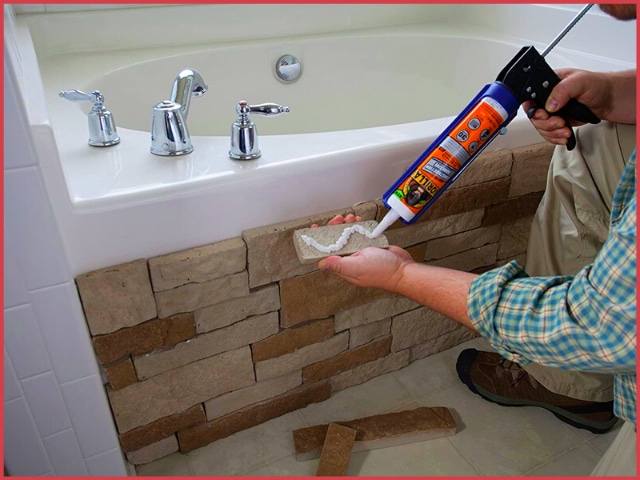
Read More: Construction Adhesive vs. Epoxy
Common Myths About Subfloor Adhesives
Myth #1: Subfloor adhesives are only for use on subfloors.
Wrong! While subfloor adhesives are designed specifically for bonding plywood and OSB to concrete, they can also be used for various other applications.
They are the perfect adhesive for attaching tiles to form-work in a wet environment and can even be used as an industrial strength glue or as an alternative to silicon when caulking windows.
Subfloor adhesive is available in both quick drying types that cure in 15 minutes and slower curing types that require 24 hours before fully cured.
Myth #2: Subfloor adhesive isn’t strong enough to withstand foot traffic or snow loads. We disagree!
Myth #3: It’s impossible to remove once set.
Wrong again! It’s quite easy to remove if you follow these simple steps. (explain how to remove)
Myth #4: The label says ‘do not use this product (or words to that effect).
Some manufacturers do not recommend their products for certain projects. However, just because one company does not recommend its product doesn’t mean it won’t work – there may be another manufacturer who does recommend its product for your project.
You should always read the labels carefully and find out what limitations the manufacturer imposes on its products before deciding which product best suits your needs.
Read More: How To Remove Construction Adhesive From Concrete?
Common Myths About Construction Adhesives
Construction adhesives are one of the most versatile tools in a contractor’s toolbox. They can be used for various applications, from bonding drywall to concrete to attaching subfloors. But there is still some confusion about when to use construction adhesives and when to use subfloor adhesives. Let’s clear up some of the most common myths about construction adhesives.
Myth #1: If you want to attach something that needs to hold weight or pressure, you need construction adhesive. Reality: Both types of adhesive can be used for both purposes; it depends on your project’s needs.
A good rule of thumb is that if you’re going over wood or steel with your adhesive, use construction adhesive; if not, go with subfloor adhesive.
For example, if you’re installing laminate flooring over plywood, use subfloor adhesive; but if you’re installing laminate flooring over concrete or another hard surface (with no plywood), then go with construction adhesive instead.
It’s essential to know the specifics of your project before deciding which type of adhesive will work best. One more thing to remember is that subfloor adhesive can take longer to cure than construction adhesive, so ensure you have enough time before finishing the project.
Myth #2: You should only use construction adhesive for outdoor projects. Reality: Construction adhesive does provide better water resistance, so it’s often used for outdoor projects like deck installations.
However, many contractors prefer using subfloor adhesive outside because it provides better temperature resistance. The reality is that this decision should be based on the individual situation at hand.
Consider the project location and factors like UV exposure, moisture content, air circulation, and sun exposure to determine which option will work best.
Myth #3: Construction adhesive takes too long to set. Reality: Most construction adhesives are set within minutes or hours, depending on the formulation.
In other words, don’t worry about having time to wait for it to set! Some formulations may require a little bit more time to get tacky, but typically once applied, it’ll get tacky in less than an hour.
Read More: How To Use Construction Adhesive Without Gun?
The Right Adhesive Depends on Your Project’s Needs
So, which one is the right choice for your project? The answer depends on your project’s specific needs.
For example, suppose you’re installing new floors or re-finishing an existing floor. In that case, a subfloor adhesive will be a better option because it creates a stronger bond between the underlayment and plywood boards.
If you’re laying tile or vinyl flooring over carpeting, then a construction adhesive would be more appropriate because it helps to protect against moisture.
On the other hand, if you’re tiling kitchen counters or bathroom vanities, use a construction adhesive containing an epoxy resin additive because these surfaces need additional protection from water damage.
Can I Use Construction Adhesive for Subfloor?
If you’re wondering whether you can use construction adhesive for your subfloor, the answer is maybe. It depends on the specific product you’re using and the application.
For example, some construction adhesives are specifically designed for vertical surfaces, while others are meant for horizontal surfaces. And some construction adhesives are made to bond two different types of materials together, while others are only meant to bond one type of material.
So, before you choose a construction adhesive for your subfloor project, read the label carefully to ensure it’s the right product for the job.
Last Opinion
So, what’s the verdict? Well, it depends on your project. Construction adhesive might be the way to go if you’re working on a small repair job. But subfloor adhesive is the better choice if you’re doing a full subfloor replacement. Whatever you decide, do your research and use the right product for the job.

